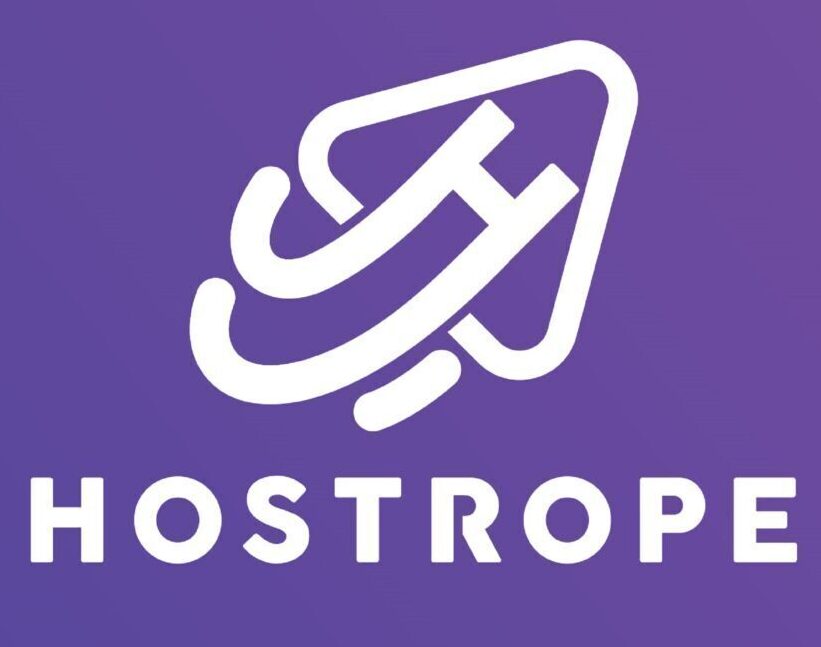The Beginner’s Guide To Starting An Ecommerce Business: Step-By-Step Instructions
Are you ready to start your own ecommerce business? It can be a daunting task, especially if you don’t have any experience. But with the right knowledge and resources, anyone can start their own online store. In this article, we’ll provide you with a step-by-step guide to help you get started and make your dream of owning an ecommerce business a reality!
Introduction to Ecommerce
Ecommerce, or electronic commerce, is the buying and selling of goods and services online. It encompasses a wide range of activities, from online shopping and auction sites to business-to-business exchanges and peer-to-peer networks.
Ecommerce is one of the most exciting and convenient ways to shop. It offers customers the ability to shop from the comfort of their own homes, 24 hours a day, 7 days a week. In addition, ecommerce provides businesses with a global market for their products and services.
There are many different types of ecommerce businesses. The most common include:
– Online retail: Retailers sell products or services online through an ecommerce website or marketplace. Common examples include Amazon, eBay, and Etsy.
– Business-to-business (B2B): Businesses sell products or services to other businesses through an online marketplace or exchange. Alibaba is the world’s largest B2B marketplace.
– Digital content and software: Businesses sell digital content and software products online. This includes items such as ebooks, apps, games, and music files. Apple’s iTunes store is the largest digital content store in the world.
– Online services: Businesses provide services such as web design, marketing, or consulting through their website. Upwork is the largest freelancer marketplace in the world.
Benefits of Starting an Ecommerce Business
There are many benefits to starting an ecommerce business. Perhaps the most obvious benefit is that you can reach a global audience with your product or service. With an ecommerce business, you can sell to customers anywhere in the world 24 hours a day, 7 days a week. This gives you a much larger potential customer base than a brick-and-mortar business.
In addition, an ecommerce business can be less expensive to start and operate than a traditional business. You don’t need to lease or buy commercial space, and you don’t need to stock inventory. You also have the potential to automate many of your business processes, which can save you time and money.
Finally, an ecommerce business offers you the ability to track data and measure results more effectively than a traditional business. You can use data analytics to track website traffic, conversion rates, customer behavior, and more. This information can help you optimize your website and marketing campaigns for better results.
Step 1: Research & Choosing a Niche
If you’re reading this, chances are you’ve already decided to start an ecommerce business. That’s great! But before you get started, there are a few things you need to do to set yourself up for success. In this beginner’s guide, we’ll walk you through the process of starting an ecommerce business step-by-step, from researching your niche to choosing a product to sell.
The first step in starting an ecommerce business is research. You need to choose a niche that is profitable and has low competition. To do this, you can use Google Keyword Planner to find keywords related to your niche that have high search volume and low competition. Once you’ve found a niche, it’s time to choose a product to sell.
To find a product, you can start by looking at what products are already selling well in your niche. You can also look for products that solve a problem that your target market has. Once you’ve chosen a product, it’s time to start building your store!
Step 2: Setting Up Your Ecommerce Store
Assuming you’ve already chosen the platform you want to use for your ecommerce store, it’s time to set it up! This process will vary depending on which platform you’re using, but there are some general steps you can follow:
1. Choose a domain name and hosting. Your domain name is your store’s URL, and hosting is where your store’s website files will live. You’ll need to purchase both of these in order to get your store online.
2. Install your chosen platform. This step will also vary depending on which platform you’re using, but in general, you’ll need to download the software and then upload it to your hosting account.
3. Set up your payment processor. In order to take payments online, you’ll need to set up a payment processor like PayPal or Stripe. This will usually involve creating an account with the processor and then connecting it to your ecommerce platform.
4. Choose a theme and design your store. Once again, this will vary depending on which platform you’re using, but most platforms offer a variety of themes (pre-designed templates) that you can choose from. Once you’ve selected a theme, you can begin customizing it to match your brand and products.
5. Add your products and start selling! The final step is to add your products to your store and start taking orders from customers. You’ll need to fill out each product’s details (name, price, description, etc.) and set up any shipping options that you wish to offer.
And that’s it! You should now have a fully operational ecommerce store that’s ready to start taking orders.
Step 3: Finding the Right Products
The third step in starting your own ecommerce business is finding the right products. This can be a difficult task, as there are millions of products available online. However, there are a few tips that can help you narrow down your search and find the perfect products for your store.
First, consider what niche you want to focus on. This will help you determine what type of products to look for. For example, if you want to sell sports equipment, you’ll need to find products that relate to sports.
Second, research each product thoroughly before making a decision. You’ll need to read reviews, compare prices, and make sure the product is high quality. Remember, your customers will be relying on you for good products, so don’t skimp on this step!
Third, find a supplier that you can trust. This is important because you’ll be working with them closely to get the products that you need. Make sure they’re reliable and have good customer service before committing to them.
Finally, once you’ve found the right products, it’s time to start promoting them! You’ll need to create great product descriptions and take beautiful photos to show off your items. Then, use social media and other marketing channels to get the word out about your new ecommerce business!
Step 4: Establishing Your Pricing Structure
Your pricing structure will largely be determined by your business model. If you’re selling physical goods, you’ll need to factor in the cost of goods sold (COGS), shipping, and any other fees associated with fulfilling orders. If you’re selling digital products, you’ll need to consider the cost of creating and delivering the product, as well as any taxes or other fees.
Once you have a good understanding of your costs, you can start to establish your pricing. There are a few different pricing strategies you can use, so it’s important to choose one that aligns with your business goals. For example, if you’re focused on growth, you may want to use a lower price point to attract more customers. Or if you’re focused on profitability, you may want to use a higher price point to increase your margins.
Once you’ve established your pricing strategy, it’s important to review it regularly and make changes as needed. This will help ensure that your prices are still in line with your costs and that your business is achieving its goals.
Step 5: Promoting Your Store and Generating Traffic
To promote your store and generate traffic, there are a number of things you can do. You can start by creating social media accounts and promoting your store on platforms like Facebook, Twitter, and Instagram. You can also create blog posts about your products and share them on social media or other sites. Additionally, you can run ads on Google or social media platforms to attract visitors to your store. Finally, you can participate in online communities related to your niche to generate interest and drive traffic to your store.
Step 6: Designing Your Store for Customers
The goal of step six is to design your store in a way that is appealing to customers and encourages them to make a purchase. This means creating a layout that is easy to navigate, has a clean and professional look, and showcases your products in the best light possible.
Some tips for designing your store include:
– Use high-quality product photos that show off your products in detail.
– Create clear and concise product descriptions that tell customers what they need to know about the product.
– Organize your products into categories so customers can easily find what they are looking for.
– Offer multiple payment options so customers can choose the one that is best for them.
– Make sure your contact information is prominently displayed in case customers have any questions or concerns.
Conclusion
Starting an ecommerce business may seem daunting, but with the right plan and guidance, you can be well on your way to success. Following the steps outlined in this guide should help get you started on the path towards creating a successful online store. With dedication and hard work, you can be sure that your business will flourish and bring in profits. Good luck!







